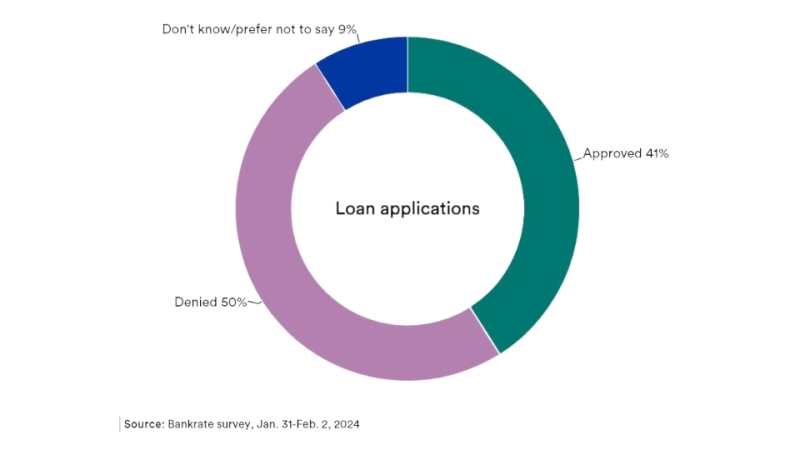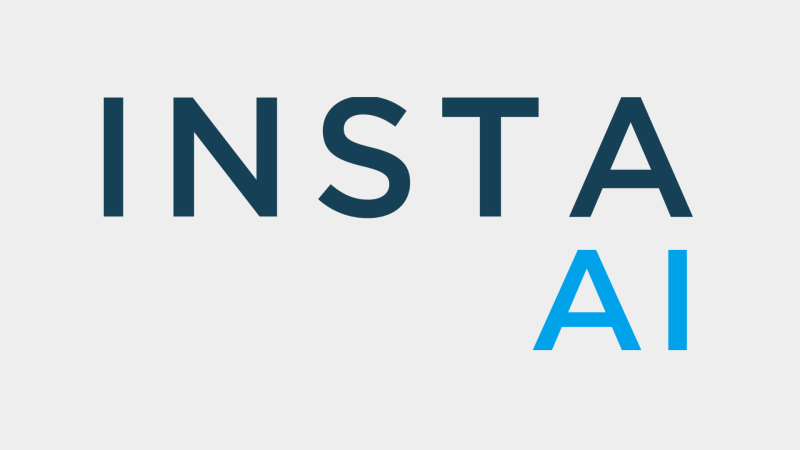
Housing Inventory Rose At Record Annual Pace In July

Realtor.com says home shoppers had more actively listed options year over year for the third straight month.
- U.S. inventory of active listings in July increased 30.7% year-over-year, faster than ever seen in Realtor.com’s data history.
- While active listings grew at a record pace year over year, new listings fell 2.8% in July from a year earlier, Realtor.com said.
The housing inventory recovery continued to accelerate in July, as active listings increased at a record annual pace for the third straight month, according to a new report.
Realtor.com today released its Monthly Housing Trends Report, noting that while buyers had nearly a third more for-sale home options in July than they had a year earlier, competition remained largely in favor of sellers, with listing prices near all-time highs and homes selling faster than before the COVID-19 pandemic.
According to the report, the U.S. inventory of active listings in July increased 30.7% year-over-year, faster than ever seen in Realtor.com’s data history. That built on record-breaking annual increases in June (+18.7%) and May (+8%).
The string of record increases is partly due to ongoing annual declines in pending listings (homes for sale that are currently under contract), which were bigger in July (-19.4%) than in June (-16.3%).
While active listings grew at a record pace year over year, new listings fell 2.8% in July from a year earlier, Realtor.com said.
“The U.S. housing market continues to move toward more evenly balanced supply and demand compared to the 2021 frenzy,” said Danielle Hale, Realtor.com chief economist. “Our July data shows elevated mortgage rates left many buyers tightening their budgets and sellers responding with price reductions, while home shoppers who kept searching saw more available options.”
At the same time, Hale said, “new listings declined in July, suggesting that some prospective sellers are wondering what recent market shifts mean for their plans to list.”
Still, data indicates that homeowners grappling with the decision to sell are still in a good position in many markets, with buyer interest keeping well-priced homes selling quickly, she said. “Plus, many sellers have a substantial equity cushion to leverage, thanks to the past decade of rising prices. Whether or not they take advantage of these opportunities will be key to inventory trends moving forward,” Hale said.
Inventory recovery accelerates
Between supply and demand trends, July data indicates that softening buyer interest is the bigger driver of accelerated inventory improvements, Realtor.com said. With typical monthly mortgage payments now 1.5 times higher in July than the same month last year, recent home sales data shows that many buyers are putting their plans on pause, giving active listings room to grow, it said.
The shift in market conditions, however, seems to be having the opposite effect on seller activity, with new listings declining in July for the first time since March. This suggests that some homeowners are reconsidering their plans to list in light of trends like declining numbers of homes under contract, Realtor.com said.
Despite that, with active listings growing at a record pace for the third straight month in July, it’s another signal that a real estate refresh is on the horizon for 2022 buyers.
Regionally, newly listed homes were down the most year over year in July in the Northeast (-14.3%) and Midwest (-11%).
Relative to the national rate, active inventory grew at a faster annual pace (+41%) on average across the 50 largest U.S. metros in July. Forty-five markets posted active listings gains, led by Phoenix (+158.7%), Austin, Texas (+154.5%), and Raleigh, N.C. (+137.5%).
More new sellers entered the market than last year in 13 of the biggest metros, with new listings jumping most significantly in Las Vegas (+37.6%), Nashville, Tenn. (+37.1%), and Oklahoma City (+28.6%).
Competition remains fierce
July’s new listings setback suggests that some sellers may feel they missed their opportunity to take advantage of favorable market conditions, Realtor.com said. On the one hand, the increase in available for-sale home options has resulted in a more buyer-friendly market compared to last year. Asking-price growth overall and per square foot both continued to moderate in July, while the share of sellers making price reductions increased.
On the other hand, competitive conditions remained largely in sellers’ favor in July, with home prices holding near all-time highs and time on market still significantly lower than pre-COVID levels, Realtor.com said.
The U.S. median listing price in July came in at $449,000, just $1,000 shy of June’s all-time high but up 16.6% year-over-year. On a square-foot basis, year-over-year asking-price growth moderated slightly in July (+15.5%) from the June pace (+16.2%).
In early signs of potential softening demand for higher-priced homes, yearly growth in pending listing prices was smaller in July (+12.4%) than in June (+13.9%), the third consecutive month of deceleration. Additionally, 19.1% of homes had their prices reduced in July, up from 9.4% in 2021 and surpassing the typical 2019 share (18%).
Asking prices increased year-over-year in 47 of the 50 largest metros, led by Miami (+36.2%), Memphis, Tenn. (+32.7%), and Orlando, Fla. (+28.4%), and declined in just three markets: Rochester, N.Y. (-3.1%), Pittsburgh (-3.1%), and Cincinnati (-2.9%).
The typical home spent 35 days on the market in July, down two days year-over-year and 26 days from the 2017-2019 average. Time on market was fastest year-over-year in Miami (-16 days), Orlando (-6 days), and Tampa, Fla. (-6 days).
In 24 metros, time on market slowed from the July 2021 pace, most significantly in Austin (+11 days), Denver (+8 days) and Riverside, Calif. (+7 days).
Out-of-state demand
Between rising housing costs adding to demand for affordability and increased adoption of remote-work policies enabling some Americans to relocate, multiple trends are motivating home shoppers to search further from where they currently live, Realtor.com said.
New research illustrates how rising buyer interest in relocating may be one contributing factor behind July’s still-hot competition for homes in many areas of the country, according to key findings from Realtor.com’s Q2-2022 Cross-Market Demand Report.
Those findings include:
- From April-June, 53% of listings views on Realtor.com came from users located outside of the listing’s metro, up from 48% in the first quarter and a new all-time high.
- Regionally, the Northeast posted the biggest yearly increase in views from out-of-market users, up 6.8 percentage points to 45.9%. This could be a potential contributor to the Northeast’s July inventory trends, as its yearly increase in for-sale homes (+3%) was smaller than any other region (Midwest: +10.2%; South: +51.6%; West: +68.9%).
- Among the top 10 metros attracting out-of-market views, eight offered more affordable listing prices than the second-quarter national median ($440,650), including El Paso, Texas ($281,642), where 62.1% of inbound listing viewers were from a different market.
- At the state level, 37% of home-shopper views of listings came from outside the state in the second quarter, higher than in the first quarter (36%) and the typical 2018-20 share (29%). The fastest-growing destinations for out-of-state buyers year-over-year, by percentage points, were New Jersey (+12.7), Nebraska (+11.5), and Maryland (+11.3).
“Our analysis highlights how home shoppers are prioritizing affordability in the face of financial challenges, but also the variety of reasons that Americans are taking advantage of opportunities to relocate,” said Joel Berner, senior economic research analyst for Realtor.com. “People are eager to move to new areas offering relatively lower living expenses in the face of high inflation, more outdoor recreation, jobs in different cities, working for their old office from home in a new locale, and more. As a result, we’ve seen cross-market demand increase in every quarter since 2020 at the peak of pandemic lockdowns, a marked shift and one to keep an eye on as Americans progress further into the new normal.”
The housing data used in the Realtor.com Monthly Housing Trends Report for July 2022 includes the active inventory of existing single-family homes and condos, townhomes, rowhomes, and co-ops for the given level of geography; new construction is excluded unless listed via an MLS.
The Q2 2022 Cross-Market Demand Report for April-June 2022 focuses on year-over-year trends in prospective buyer demand from out of state, both nationally and in the 100 largest markets. The report analyzes online traffic trends for for-sale properties on Realtor.com.




